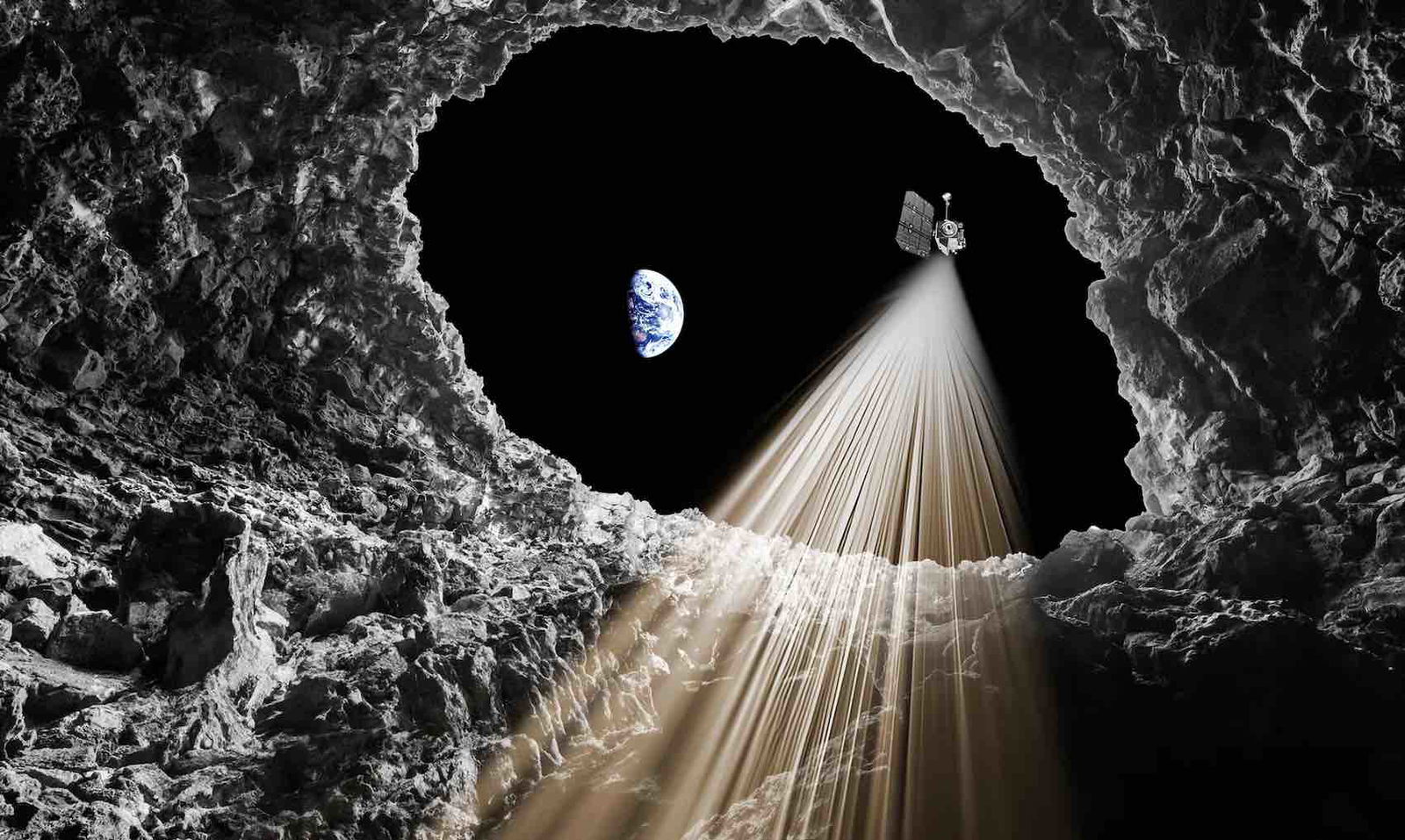T4K3.news
Study reveals Moon's protective surface features
New research shows lunar surface acts as a shield against solar wind erosion.

New research reveals how the Moon's surface shapes its interaction with solar wind and its exosphere.
Moon's Surface Features Offer Unexpected Protection Against Solar Wind
A recent study in Communications Earth & Environment has revealed that the Moon's rough and porous surface acts as an unforeseen shield against solar wind erosion. Researchers at TU Wien and the University of Bern found that rather than primarily eroding due to solar wind and meteoroid impacts, the Moon's surface features trap particles and reduce solar wind sputtering. This breakthrough came from analyzing lunar soil samples collected during the Apollo 16 mission. The findings indicate that the actual sputtering was up to ten times less than earlier estimates, suggesting a significant shift in how we understand the Moon's thin exosphere and its formation.
Key Takeaways
"The porous and irregular nature of the lunar surface significantly mitigates the effects of solar wind."
This statement summarizes a major finding of the research, showcasing how the lunar surface protects against solar wind.
"This groundbreaking revelation transforms our understanding of the Moon’s exosphere."
The quote reflects the significance of the study's findings in the field of lunar science.
This research offers a fresh perspective on lunar science, suggesting that the Moon's unique geology may have broader implications for planetary atmospheres beyond our own satellite. By revealing that surface roughness dramatically lessens solar wind impact, the study invites scientists to re-evaluate existing theories about similar airless bodies in the solar system. As missions like NASA's Artemis aim for a sustained lunar presence, understanding these protective properties could influence habitat safety and long-term exploration strategies.
Highlights
- The Moon’s surface acts as an unassuming shield against solar winds.
- Understanding lunar protection is key for future moon missions.
- New findings suggest micrometeoroids shape lunar exosphere, not solar wind.
- Lunar regolith’s roughness is more than just a surface feature.
Potential Risks with Lunar Exploration
As the findings reshape our understanding of the Moon’s surface, they may impact future exploration plans, creating financial and safety implications for missions.
These discoveries could redefine strategies for future lunar exploration and habitation.
Enjoyed this? Let your friends know!
Related News

NASA Discovers Cave Entrances on the Moon

New discoveries from Europa reveal dynamic ice activity

Urgent action needed to protect Ghana's Bosumtwi crater

Asteroid 2024 YR4 may hit the moon instead of Earth

Scientists recreate Earth's early years with new simulation

NASA confirms micrometeorites shape the Moon's atmosphere

Ancient artifacts reveal Earth's magnetic history

Scientists Discover Ancient Landscape in Antarctica
